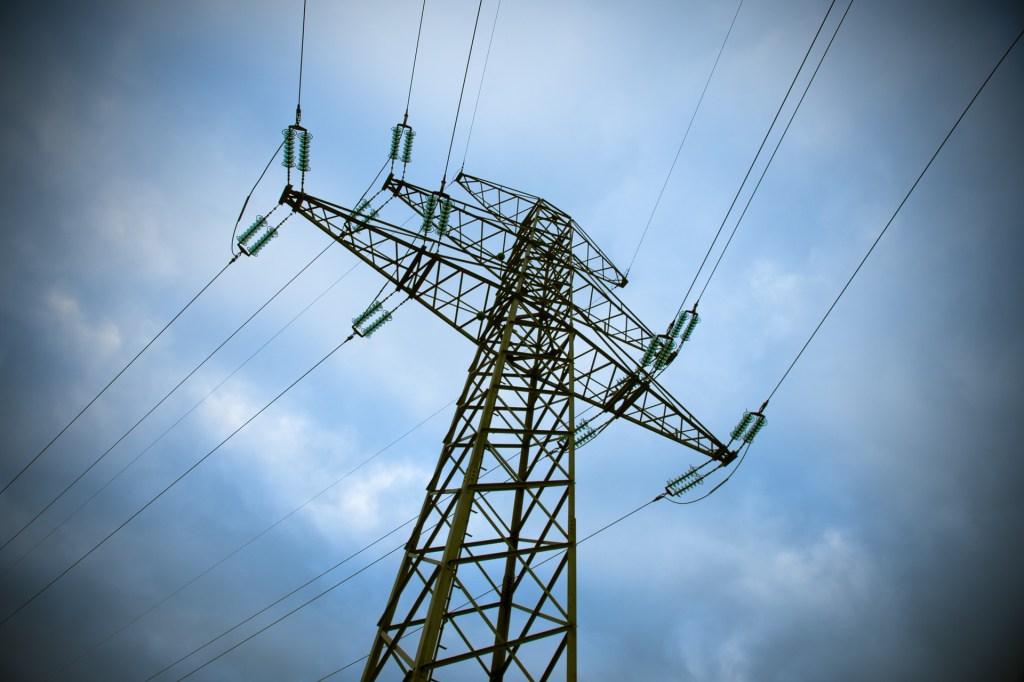The National Electrical Code is now available in its 2017 edition.
Most changes to the NEC, which is updated every three years, contain clarifications, as well as new language regarding pool lifts and gas-powered decorative devices such as luminaires and fireplaces, which were addressed less directly in the past.
The NEC, which must be adopted in order to take effect in a jurisdiction, now directly addresses electrically powered pool and spa lifts. Before, there were no specific requirements for these devices — it was simply understood that this equipment was to be bonded like other metallic items.
“It was treated the same way a fence post was treated,” said Bill Hamilton, Ph.D., P.E., president of Austin-based engineering and architectural firm Hamilton and Associates, and the Association of Pool & Spa Professionals’ principal representative on the committee that writes the NEC’s pool and spa section. “But the issues with lifts these days are more complex, because we’ve gone to electrically operated lifts of various varieties.”
The NEC now states that electrically operated pool and spa lifts must be bonded, with some exceptions listed in the code. “If it’s attached to the pool structure, it has to be bonded,” Hamilton says.
Additionally, in their manufacture, electrically operated lifts must be listed, labeled and identified, with three exceptions: those with removable batteries that are charged at another location and are rated at the low-voltage contact limit or less; solar-operated or solar recharged lifts with an attached solar panel and a battery rated at 24 volts or less; or a lift whose power source operates at or below the low-voltage contact limit and is a listed, labeled and identified transformer or power supply that complies with the applicable sections of the NEC. Electrically operated pool and spa lifts also must have a nameplate that lists certain specific electrical information in addition to name and model.
If the electrically operated lift is connected to the wiring on the premises and operates above the low-voltage contact limit, it must be bonded and installed with ground fault circuit protection for personnel (GFCI), as opposed to GFCI protection for equipment, which trips at a higher level of current than a gfci.
The revision also addresses listed low-voltage, gas-fired luminaires, decorative fireplaces, firepits and similar features. These can be placed within 5 feet of the inside wall of the pool if they have a low-voltage igniter that does not need grounding and its transformer meets the applicable section of the NEC, and produces a voltage no greater than the low-voltage contact limit. But the metal gas lines still must be bonded to the pool’s or spa’s equipotential bonding system.
The new version of the NEC also includes some exceptions for low-voltage pool-cover motors. As before, high-voltage motors and wiring must be placed more than 5 feet away from the pool or spa structure. However, their low-voltage counterparts can be placed within 5 feet, if they are properly listed. “This is to keep up with changing technology,” Hamilton said. “There are now low-voltage pool cover motors that are integral to the cover.”
These low-voltage cover motors also do not need a GFCI if they and their transformers or power supplies are properly listed. “The reason we do that is because, the way the GFCI operates, it can’t detect a short circuit to ground on the low-voltage side of that system,” Hamilton said. “So it offers no protecton on the low-voltage side.”
But the new language has added a specification calling for GFCIs on gas-fired heaters operating above the low-voltage contact limit. These must be GFCI rated for the protection of personnel, as opposed to equipment.
The code also now clarifies requirements for certain electrical components that are buried in corrosive environments. Now, grounding and bonding terminals used with pools and spas should be identified by the manufacturer for use in wet and corrosive environments, and listed and labeled for direct-burial use. They also must be made of copper, copper alloy or stainless steel.
The writers also consolidated requirements for corrosive environments and placed them in one section for easier reference.
To make it easier for professionals to know what kind of component is appropriate for certain applications, the NEC now states that any equipment and parts that have traditionally required listing must now also be labeled and identified.
